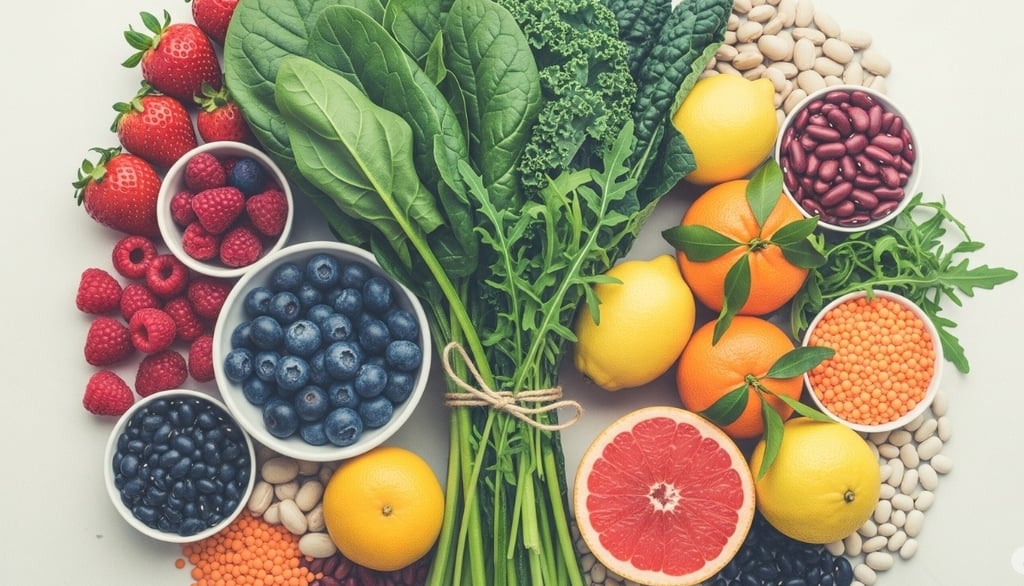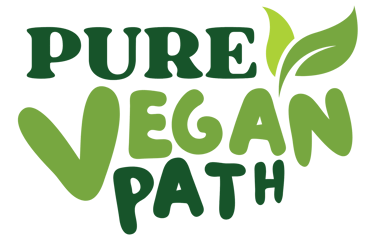Trump's CVI? A Vegan Lifestyle for Venous Insufficiency
Does Trump have chronic venous insufficiency (CVI)? Learn about the symptoms and how a vegan diet and specific exercises may help manage this common vein disease.
BLOG
7/18/20255 min read


Managing Chronic Venous Insufficiency: A Look at the Rumors About Trump and the Role of a Vegan Lifestyle
Chronic venous insufficiency (CVI) is a common condition affecting blood flow in the legs. While it cannot be completely cured, its symptoms can be effectively managed, and progression can be slowed through significant lifestyle changes. This article examines the facts about CVI, addresses health speculation surrounding public figures like Donald Trump, and details how a vegan diet and targeted exercise can significantly improve vein health.
What is Chronic Venous Insufficiency (CVI)?
Chronic Venous Insufficiency is a condition where the veins in your legs struggle to send blood back to your heart. It happens when the tiny valves inside the veins, which are supposed to keep blood moving upward, become damaged or weak.
This damage allows blood to leak backward and pool in the legs. This pooling, called stasis, increases pressure in the veins, leading to a host of uncomfortable and sometimes serious symptoms. It's important to understand that while the "chronic" in its name means it's a long-term condition, it is highly manageable.
Common Symptoms You Shouldn't Ignore
The signs of CVI often develop gradually. You might experience:
Swelling in the lower legs and ankles (edema), especially after standing for long periods.
Aching, throbbing, or a feeling of heaviness in the legs.
Leg cramps or spasms.
Itchy, weak, or tingling skin on the legs.
New varicose veins.
Changes in skin color, often to a reddish-brown, particularly around the ankles.
Leathery-looking or flaky skin on the legs.
Slow-healing wounds or ulcers on the legs (venous stasis ulcers).
What Causes CVI?
The primary cause of CVI is high blood pressure in the leg veins, known as venous hypertension. Several factors can increase your risk, including:
A history of blood clots, specifically deep vein thrombosis (DVT).
Varicose veins.
Obesity.
Pregnancy.
A sedentary lifestyle or prolonged periods of sitting or standing.
Older age, as valves naturally weaken over time.
A family history of the condition.
The Trump Connection: What's Behind the Health Speculation?
There has been considerable public speculation about President Donald Trump's health, with some observers suggesting his appearance, particularly swollen ankles or legs, could be indicative of chronic venous insufficiency.
Official Reports vs. Public Observation
It is crucial to state clearly: There has been no official diagnosis or confirmation from Donald Trump or his medical team that he has chronic venous insufficiency. Public discussion is based entirely on observations from photographs and videos.
Leg swelling (edema) can have many causes, from temporary issues like a long flight or high salt intake to more serious conditions. Without a medical examination, any claims about a specific diagnosis are purely speculative.
Why CVI is a Plausible Concern for Many, Including Public Figures
The speculation arises because the visual signs align with CVI symptoms. Men in Trump's age group (born in 1946) are a key demographic for this condition. The interest in his health highlights a broader reality: CVI is a very common but often overlooked health issue that affects millions of people.


Can a Vegan Lifestyle Reverse or Cure Chronic Venous Insufficiency?
This is a key question for many seeking natural ways to manage their health. The answer requires understanding the difference between a "cure" and a "reversal" of symptoms.
The Myth of a "Cure": Management vs. Reversal
Currently, there is no medical procedure or diet that can permanently "cure" CVI by fully repairing the damaged vein valves. Therefore, CVI is considered a chronic condition.
However, the symptoms and progression of the disease can be significantly managed and even reversed. By adopting specific lifestyle changes, you can reduce the pressure in your leg veins, improve blood flow, and alleviate swelling, pain, and skin changes. A vegan diet is one of the most powerful tools for achieving this.
How a Plant-Based Diet Supports Vein Health
A whole-food vegan diet directly combats the root problems of CVI in several ways:
Reduces Inflammation: Chronic inflammation can damage blood vessels. Plant-based foods are rich in anti-inflammatory compounds, while animal products can be pro-inflammatory.
Improves Blood Flow: Vegan diets, naturally low in saturated fat and cholesterol, help keep blood vessels clear and flexible, promoting better circulation.
Aids in Weight Management: Maintaining a healthy weight is the single most effective way to reduce pressure on your leg veins. A vegan diet is highly effective for weight loss and management.
Rich in Fiber: High-fiber foods help prevent constipation, which can increase pressure in the abdomen and impede blood flow from the legs.
Alongside diet, physical activity is essential. Exercise helps pump blood from the legs back to the heart, strengthening the calf muscles that play a key role in circulation.
Best Exercises for Venous Insufficiency
Walking: The best all-around exercise for CVI. It activates the calf pump mechanism effectively.
Cycling (Stationary or Outdoor): Low-impact and excellent for promoting circulation without stressing the joints.
Swimming or Water Aerobics: The water pressure provides natural compression, helping to move blood and reduce swelling.
Leg Lifts: Lie on your back and lift one leg at a time, or both.
Ankle Pumps: While sitting or lying down, point your toes up and down repeatedly to simulate walking.
Exercises to Avoid
Avoid activities that put excessive, sustained pressure on your abdomen and leg veins. This includes heavy weightlifting (especially leg presses), long-distance running on hard surfaces, and high-impact aerobics.
Understanding the Complications of CVI
If left unmanaged, CVI can lead to more serious issues. Understanding these connections is key to taking the condition seriously.
CVI and Blood Clots: While CVI itself doesn't directly cause blood clots, the poor circulation and pooling of blood (stasis) are major risk factors for developing Deep Vein Thrombosis (DVT).
The Link Between CVI, Edema, and Lymphedema: Chronic edema from CVI can overwhelm the lymphatic system, which is responsible for draining fluid. Over time, this can lead to a secondary condition called lymphedema, a more persistent and difficult-to-treat form of swelling.
Can CVI Cause Fatigue or Dizziness? Yes. The body has to work harder to circulate blood, and the discomfort and aching in the legs can lead to a general sense of fatigue. Dizziness is less common but can occur if blood pooling in the legs is significant enough to affect overall blood pressure.
Connections to Cellulitis: CVI can cause the skin to become fragile, dry, and cracked. This provides an easy entry point for bacteria, leading to a serious skin infection called cellulitis.
CVI, Heart Failure, and Diabetes: CVI is not a direct cause of heart problems, but they are often related. Congestive heart failure can cause leg swelling that mimics or worsens CVI. Similarly, diabetes can damage blood vessels and nerves, increasing the risk and severity of venous insufficiency.


D. Frequently Asked Questions
Frequently Asked Questions
1. Is chronic venous insufficiency a serious heart problem?
No, CVI is a disease of the veins, not the heart itself. However, it is a serious vascular condition. It can share risk factors with heart disease (like obesity and inactivity) and can be worsened by conditions like congestive heart failure.20
2. Can you permanently cure chronic venous insufficiency?
There is no permanent cure that can repair the damaged vein valves. However, symptoms can be effectively managed and even reversed to the point where they no longer impact your daily life. This is achieved through medical treatments (like compression stockings) and significant lifestyle changes, including diet and exercise.
3. What are the first signs of venous insufficiency?
The earliest signs are often subtle. You might notice your ankles are slightly swollen at the end of the day, or experience a vague feeling of heaviness, aching, or tiredness in your legs. You may also notice the appearance of small spider veins or new, ropey varicose veins.
4. Does a vegan diet alone help with CVI?
A vegan diet can be extremely helpful for managing CVI by reducing inflammation, promoting a healthy weight, and improving overall blood vessel health. However, for the best results, it should be combined with a consistent exercise program, proper hydration, and medical advice, which may include wearing compression garments.
Pure Vegan Path
Explore plant-based living and delicious recipes.
Contact
Newsletter
info@pureveganpath.com
123-456-7890
© 2024. All rights reserved.
